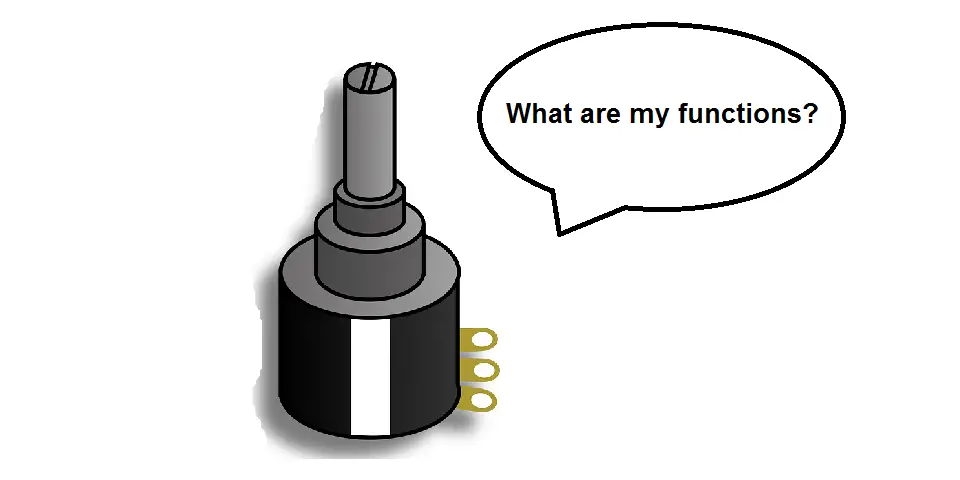Resistors are one of the most common electronic components used in electrical and electronic circuits. They have the main function of limiting current.
A traditional resistor has a fixed value, however, there is a version of the resistor that can vary its resistance, known as a variable resistor.
But, what is the function of a variable resistor? Since the resistance of a variable resistor can be altered, variable resistors have a couple of functions which include; controlling current and voltage.
This article will dive deeper into the variable resistor and its functions as well as applications.
What is a variable resistor?
Before we can dive into the different functions, let’s take a closer look at the variable resistor.
Resistance is one of the three major fundamental quantities in electricity (with voltage and current being the other two).
These three quantities form the crucial equation known as Ohm’s law.
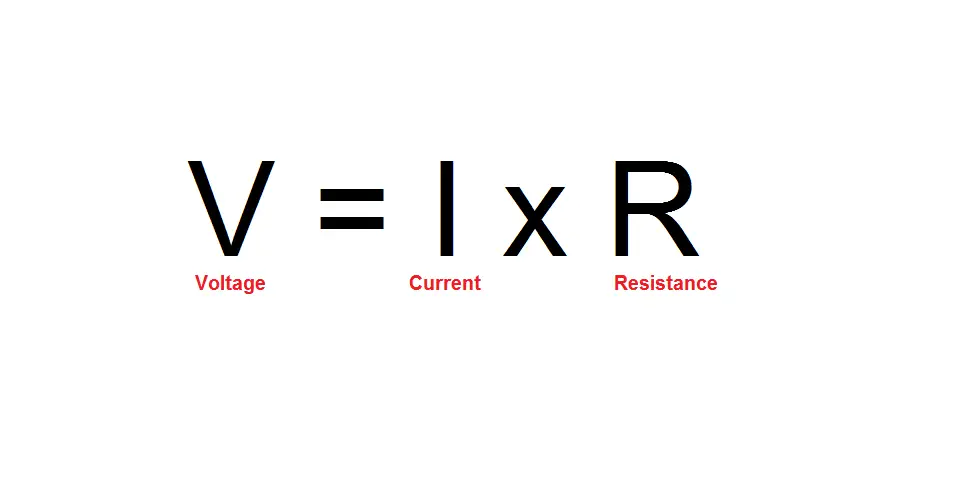
As we saw above, a resistor is an electrical and electronic component that has a job of providing a known resistance in circuits.
Resistors have the function of limiting the flow of current.
Variable resistors are a type of resistor which have the added ability of being able to vary their resistance.
While resistors are a two terminal device, variable resistors have three terminals.
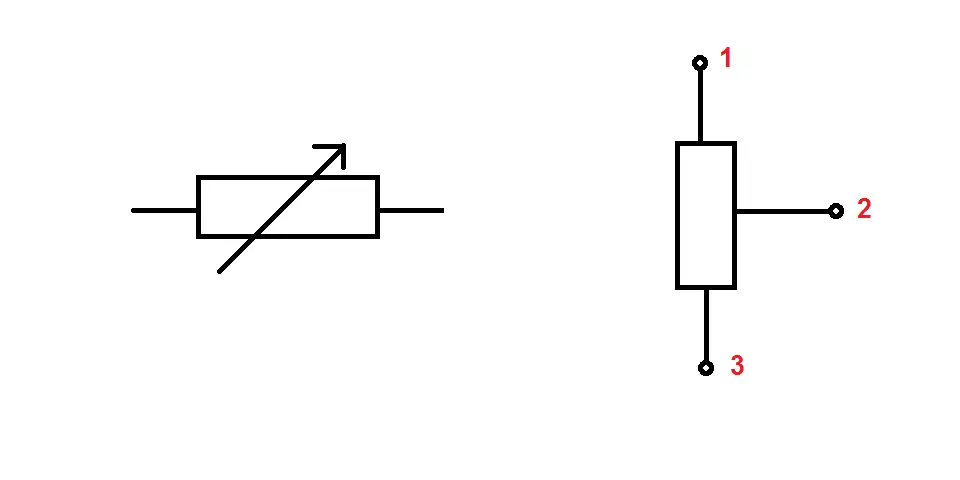
Variable resistors come in values similar to fixed resistors. But, in this instance, the value of the variable resistor denotes its maximum value.
So a 10K variable resistor has a range of resistances from 0 – 10kohms.
Construction and working principle of a variable resistor
There are many different types of variable resistor (which we shall see later on), however, the working principle and functionality remains the same.
Below is an image showing the different parts that make up a traditional mechanical variable resistor.
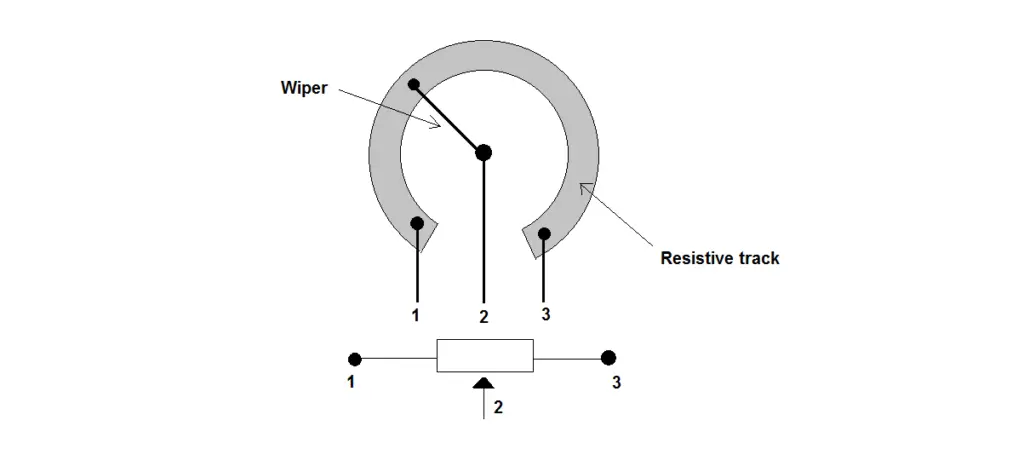
So how does the variable resistor vary its resistance?
The most common type of variable resistor will have a knob that you can twist. When you twist the knob, a wiper moves across a resistive track which sits between terminals 1 and 3.
But, to vary the resistance, a connection will have to be made between terminals 1 & 2, or 2 &3. This is because the resistance between terminals 1 and 3 is fixed.
What are the functions of a variable resistor
So if traditional resistors have the function of limiting current, what function does a variable resistor have?
Variable resistors have two primary functions in a circuit, which are being able to adjust the current, and voltage.
Let’s take a look at how it goes about doing so
Variable resistor function #1: Adjusting current
The first main function of a variable resistor is its ability to adjust current.
We know that the basic function of a fixed resistor is to limit current, by providing a fixed resistance. Since variable resistors can vary their resistance, this allows them to be able to adjust current.
As we just saw above, to vary resistance, either terminals 1 & 2, or 2 & 3 need to be used. So, when a variable resistor is used to control current, only two of its terminals are utilised.
One common application for a variable resistor when being used to adjust current is motor control. By adjusting the current through the motor, we can adjust its speed.
Below is a circuit with a battery, variable resistor, and motor.

As you can see, only two terminals are used. It doesn’t matter which combination, as long as it is not terminal 1 and 3.
Variable resistor function #2: Adjusting voltage (configuration 1)
Adjusting voltage is the other main function of a variable resistor.
To achieve voltage control, all three terminals of the variable resistor will have to be used.
In the image below, you can see a simple circuit showing a battery, and a variable resistor wired to adjust voltage.
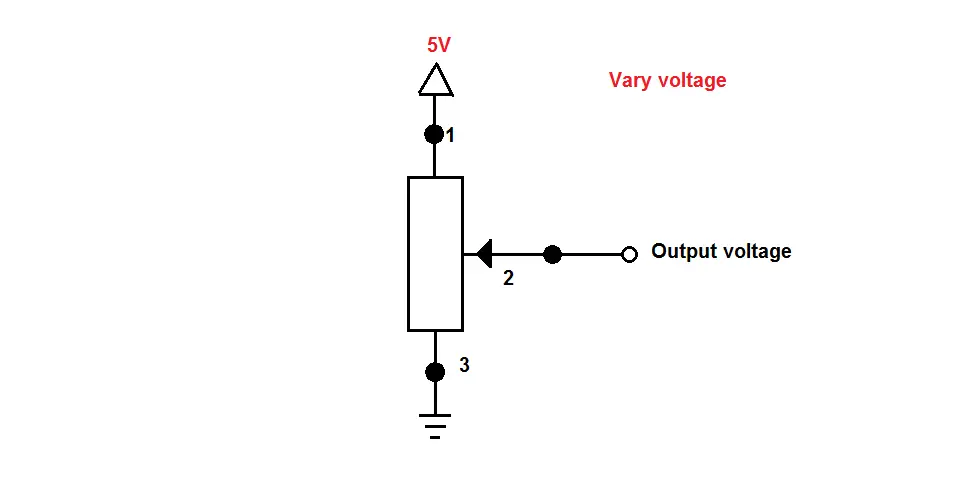
In this setup, terminal 1 of the variable resistor is connected to the positive terminal of the battery, and terminal 3 of the variable resistor is connected to the negative terminal of the battery.
Note, since the variable resistor is not a polarised component, it does not matter if terminal 1 or 3 gets connected to the positive or negative terminals of a battery.
The output voltage then appears at terminal 2. The range of voltage depends on the maximum input voltage (in this example, 5V), and how much you turn the knob.
Variable resistor function #2: Adjusting voltage (configuration 2)
Another way to adjust voltage is two use a combination of a fixed resistor and variable resistor. This configuration is known as a voltage divider.

In this setup, only two terminals of the variable resistor are wired (just like when it is used to adjust current).
It is placed at the bottom in the R2 position.
To calculate the voltage at the output, you will need to use the formula below.
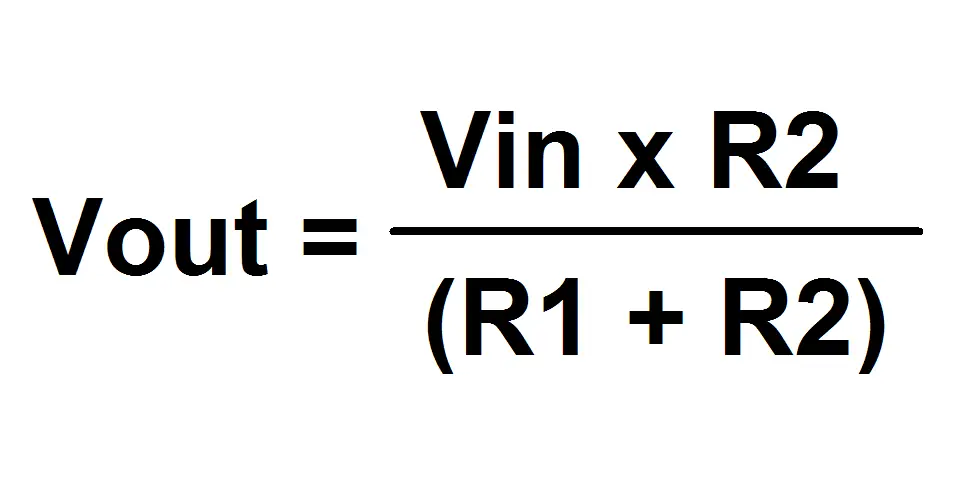
So, by adjusting the resistance of the variable resistor, we can adjust the voltage at the output.
For example, if the variable resistor is set to a resistance of 5k, this would give us a voltage of 1.67V (5 x 5k / (10k + 5k)).
If we now set the resistance to 10k, the voltage would now be 2.5V (5 x 10k / (10k + 5k)).
Do a variable resistor, rheostat and potentiometer have the same function?
Now, you might have heard the terms potentiometer and rheostat mentioned in the same sentence when talking about variable resistors.
What are potentiometers and rheostats, and do they have the same function as a variable resistor?
Let’s look at the term potentiometer first.
We now know that a variable has two functions; to vary current, and voltage.
When a variable resistor is used to control voltage, it is often referred to as a potentiometer (or pot). It isn’t a separate device as such, just a different name.
A rheostat, on the other hand, is a separate two terminal device that has only one one function which is to vary its resistance and therefore control current.
When a variable resistor is used to control current, it has the same function as a rheostat.
How are the functions of a variable resistor used in applications
There are many electrical and electronic applications that make use of the functions of the variable resistor either when used as a variable resistor (to control current), or a potentiometer (to control voltage).
Let’s take a look at some of the many applications of a variable resistor:
- Light dimmers
- Motor control
- Volume Control (Television, Radios, Computer speakers)
- Control brightness, contrast, colour for older televisions
- Frequency attenuation (Radios)
- 555 timer circuits
- Used in measurement of distance and angles
- Tuning and calibration
- Control rate of charging of capacitors
- Control Pulse Width Modulation
This isn’t an exhaustive list by any means.
Different types of variable resistor and their functions
The variable resistor we have been discussing, is the traditional mechanical version. However, there are many different variations of the variable resistor that have different constructions and working principles, however the overall function remains the same (which is to vary resistance).
These variations do not have the ability to control voltage like a variable resistor, but they can be placed in the voltage divider configuration to achieve the same function of controlling voltage.
Let’s take a look at the different types of variable resistors.
Light dependent Resistor (LDR)
First on the list of the different types of variable resistor is the Light Dependent Resistor ( LDR).
It is a component whose resistance varies depending on varying intensities of light, hence the name it has been given.
They are constructed using a semiconducting material which has light sensitive properties.
LDR’s can be used in a variety of applications which include;
- Light metres
- Fire and smoke alarms
- Burglar alarms
- Street lamps
Rheostat
We learnt a bit about the rheostat a bit earlier, when we discussed the difference between it and a variable resistor.
Their construction is very similar, however the main difference being that they only use two terminals rather than three.
This is why it is restricted to only being able to control current.
They are often used for power control applications such as;
- Light dimmers
- Motor speed control
- Heaters
- Ovens
However, they aren’t as popular as they used to be due to their low efficiency.
Force sensitive resistor
There are many applications where force or pressure needs to be measured. This is where the Force sensitive resistor (FSR) comes to the foreground.
This type of variable resistor varies its resistance with varying amounts of force and is available in a number of different sizes, shapes, and force limits.
With its capability there are a plethora of applications that it can be used for. Below are a few examples;
- Robot arm gripper
- Electronic drum kit
- Keyboards
- Electronic throttle and brake
- Gaming controllers
Thermistor
Next up is the Thermistor, which is a combination of the words “thermal” and “resistor” which is perfect since this is a device whose resistance changes depending on the temperature.
It can be further divided up into two categories;
- Negative temperature Coefficient (NTC)
- Positive temperature Coefficient (PTC)
A NTC thermistor’s resistance has an inversely proportional relationship with temperature. This means as temperature increases, its resistance decreases.
Whereas a PTC thermistor has a directly proportional relationship with temperature. So an increase in temperature sees an increase in resistance.
Applications include;
- Fire alarms
- Ovens
- Refrigerators
- Automotive
- Digital thermometers
Humistor
Last but not least is the Humistor and just like the thermistor, is a combination of two words “humidity” and “resistor”.
So you can guess, this type of variable resistor changes resistance depending on humidity levels.
- Weather stations
- Agriculture
- Industrial process control
- Dehumidifier
When would the function of a variable resistor replace a fixed resistor?
A fixed resistor is limited to one resistance, therefore the current or voltage is going to be a fixed value as well.
A variable resistor would replace a fixed resistor in situations where current or voltage needs to be altered. So it really depends on the application.
We have seen the many applications where a variable resistor is utilized for its unique ability and using a fixed resistor in these applications would be redundant

